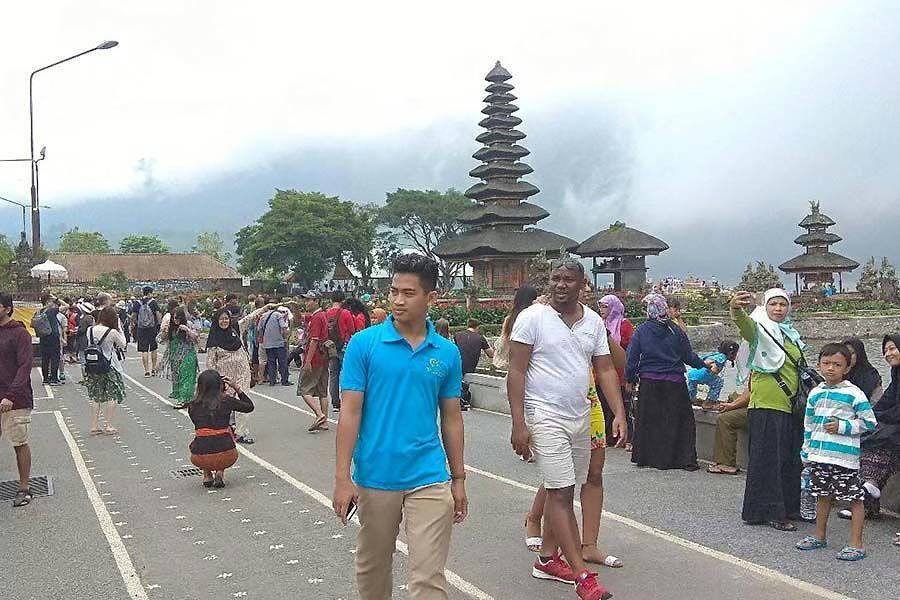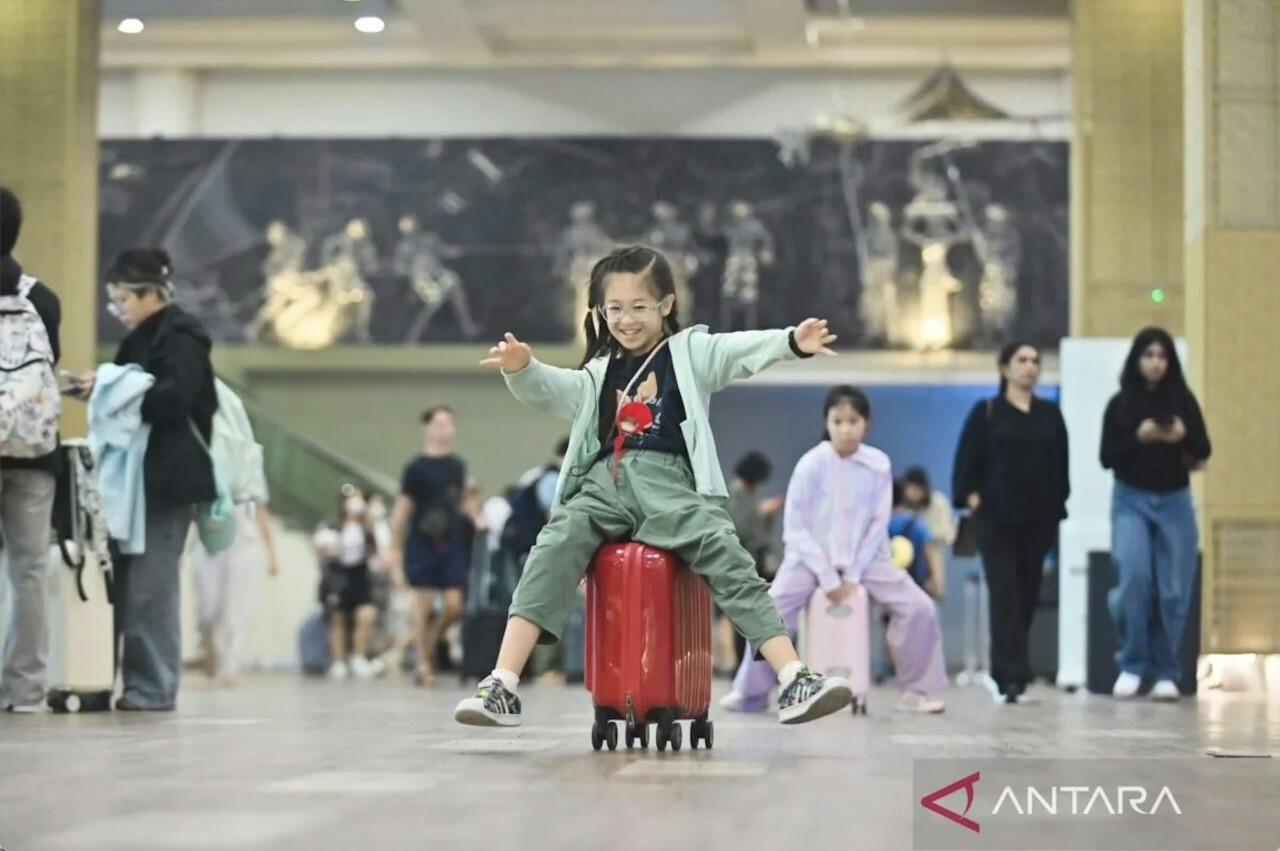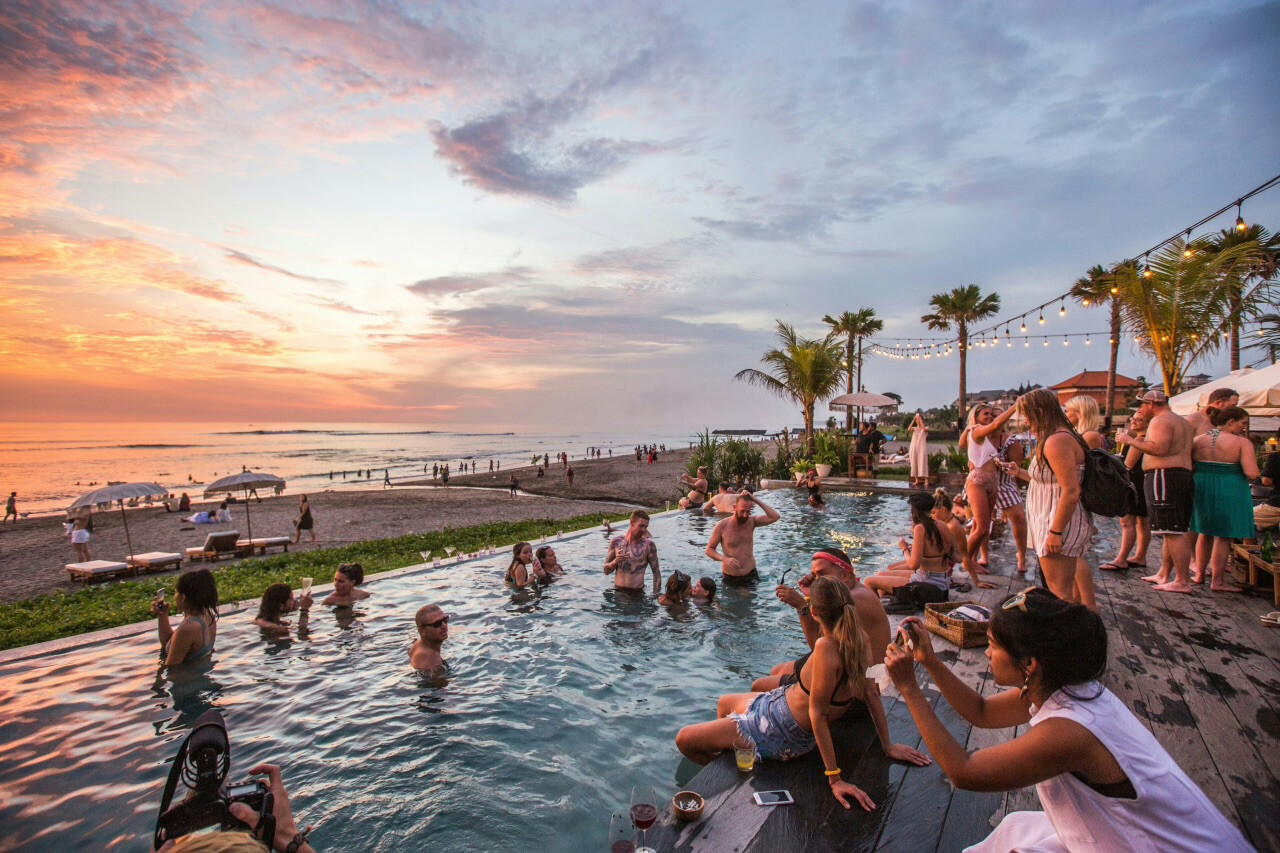School holidays in many countries have ended, as have summer vacations. This means the low season is coming to Bali. Since mid-August, the flow of tourists has declined, and in early September, Bali became noticeably quieter. For those arriving now, it's a chance to see major attractions without queues and find accommodation at lower prices.

The high season in Bali traditionally runs from summer, mid-June to the end of August. During this time, hundreds of thousands of families visit the island, dependent on school holidays. The summer months yield record figures for arrivals and hotel occupancy. With the end of the holidays, tourist numbers sharply decline and usually return to previous levels only in December, during the Christmas and New Year holidays.
Currently, a decrease in attendance is recorded in several areas. The Pura Ulun Danu Beratan Temple, one of Bali's symbols, was visited by 309,284 tourists from January to July 2025. This is already almost 15 percent lower than in 2024, but the decline became even more noticeable in August. The temple usually receives about 1500 foreign tourists daily, but now it's rarely more than 700. Local visitors have also halved. Instead of 500 people, no more than 200 come now.
The complex manager, I Wayan Mustika, called these the worst figures since the pandemic. He explained that the sharp decline is linked not only to the end of the holidays but also to some countries currently advising against travel to Indonesia due to demonstrations.
Problems are felt not only in Bedugul, where the temple is located. In Denpasar, a drop in tourist interest in museums and temples has also been recorded in recent weeks. The head of the marketing department of the tourism department, Ni Ketut Trisna Aryani, admitted that attendance began to decline even before the street protests. Now the authorities are focusing on social media advertising and planning inexpensive city events to regain tourists' attention.
In the Bangli area, local leaders have also noticed a worrying trend. Wayan Dirgayusa, head of the tourism and culture department, said any unrest or safety issues immediately affect tourist flow. He cited Penglipuran, one of the island's best-known traditional villages, as an example. It's far from the center of the protests and completely safe, yet it is receiving fewer visitors than usual.
The decline in visits is also noticeable at other sites. In August, many attractions, including Tanah Lot, Tegallalang Terraces, and Monkey Forest in Ubud, appeared much less crowded than a month earlier.
For tourists, now is actually the best time. Accommodation prices are falling, beaches are becoming less crowded, and volcano climbs can be more peaceful, without dozens of groups around.


You can add one right now!